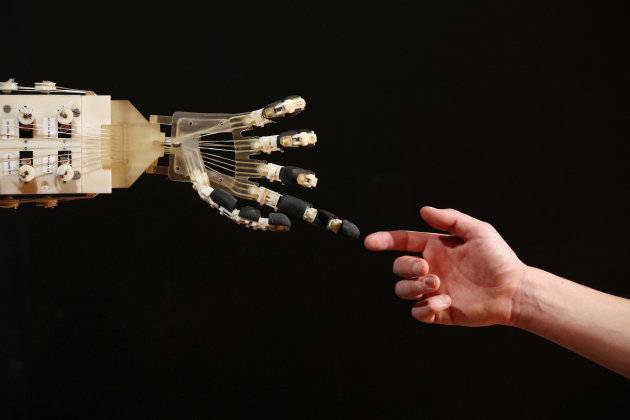Barack has showed us that it's okay to bad mouth your opponents. It's the Chicago way, the way Saul Alinsky taught all radicals, and the way Harry Reid conducts himself in the Senate.
So in that spirit, I hope all of you who voted for Hussein enjoy the coming chaos in our medical care. What you've done will make my life a lot harder. Thank you!
Michael Tanner, a senior fellow at the Cato Institute, writes:
Under ObamaCare, employers with 50 or more full-time workers must provide health insurance for all their workers, paying at least 65% of the cost of a family policy or 85% of the cost of an individual plan. Moreover, the insurance must meet the federal government’s requirements in terms of what benefits are included, meaning that many businesses that offer insurance to their workers today will have to change to new, more expensive plans,
ObamaCare’s rules make expansion expensive, particularly for the 500,000 US businesses that have fewer than 100 employees.
Suppose that a firm with 49 employees does not provide health benefits. Hiring one more worker will trigger the mandate. The company would now have to provide insurance coverage to all 50 workers or pay a tax penalty.
In New York, the average employer contribution for employer-provided insurance plans, runs from $4,567 for an individual to $ 12,748 for a family. Many companies will likely choose to pay the penalty instead, which is still expensive — $2,000 per worker multiplied by the entire workforce, after subtracting the statutory exemption for the first 30 workers. For a 50-person company, then, the tax would be $40,000, or $2,000 times 20.
That might not seem like a lot, but for many small businesses that could be the difference between survival and failure.
Under the circumstances, how likely is the company to hire that 50th worker? Or, if a company already has 50 workers, isn’t the company likely to lay off one employee? Or cut hours and make some employees part time, thus getting under the 50 employee cap? Indeed, a study by Mercer found that 18% of companies were likely to do exactly that. It’s worth noting that in France, another country where numerous government regulations kick in at 50 workers, there are 1,500 companies with 48 employees and 1,600 with 49 employees, but just 660 with 50 and only 500 with 51.
Blogger Rick Moran adds to the joy:
Individuals and families who will be forced to buy their own insurance when companies drop their health insurance plans will be in for a shock. Even with subsidies, some families will end up paying nearly 10% of their gross income for health insurance.
The bottom line is mass confusion. Put simply, the American people are unprepared for such a massive change in their lives. Most people don’t realize that their current insurance coverage is inadequate. They actually believed the president when he looked into the cameras during his 2010 State of the Union address and assured citizens that they could keep the insurance plan they have now. Instead, government-mandated coverage for a wide variety of services that many current insurance plans don’t cover will radically alter health insurance for millions.Good luck!






















